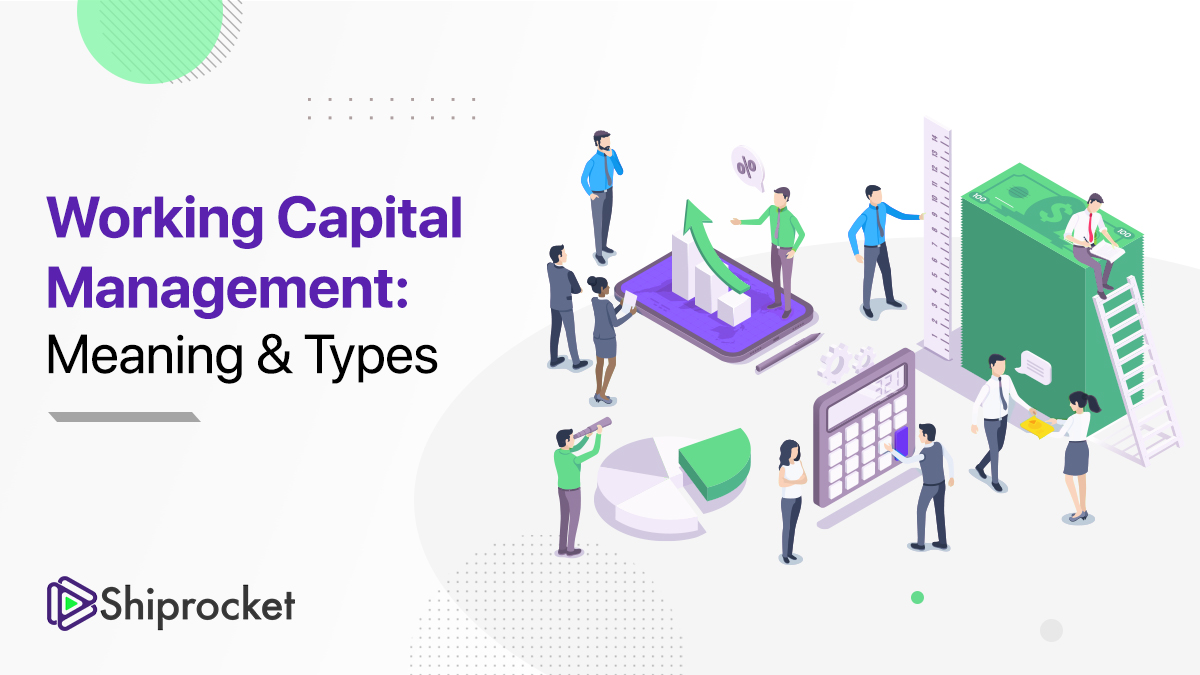Seed Funding: How to Raise Capital (2025)
- What Is Seed Funding and Why Does It Matter for Startups?
- Why Do Startups Need Seed Funding?
- When Is the Right Time to Raise Seed Funding?
- What Are the Main Sources of Seed Funding in India?
- What Are the Latest Seed Funding Trends in India (2025)?
- What Are Investors Looking for in 2025?
- How Can Founders Prepare for Series A Funding?
- What Are Common Terms in Seed Funding Deals?
- Conclusion
- Seed funding helps startups turn ideas or prototypes into viable products.
- It’s the first major round that fuels hiring, marketing, and product development.
- Main sources: angel investors, micro-VCs, corporate investors, and government schemes like Startup India Seed Fund (SISFS).
- Investors prioritise product–market fit, credible founders, and scalability.
- Raise funds once you have early traction, not just an idea.
- Use capital strategically to build momentum towards Series A.
If you’re an entrepreneur from a growing city, you’ve probably faced the challenge of turning a great idea into a real business. You may already be running an online store, offering a local service, or planning to launch a new product, but scaling up often takes more than determination and hard work. It also takes the right financial support at the right time.
This is where seed funding can make a real difference. It gives early-stage businesses the initial boost needed to move from concept to creation, helping you build prototypes, test your product, hire your first team members, and reach new customers.
Many successful startups in India began exactly this way, using seed funding to grow from local ventures into trusted national brands. In this blog, you’ll learn what seed funding is, how it works in India, where to find it, and how to prepare your business to attract the right investors.
What Is Seed Funding and Why Does It Matter for Startups?
Although larger seed rounds have become increasingly common in recent years, seed funding remains on the lower end of the equity capital spectrum. Like all other forms of equity financing, Seed funding is based on an ownership model. The investor gives the company money in exchange for a share of the company’s ownership. This is one of the first stages on a path that leads to the founders and other stakeholders owning less and less and less of the company.
The amount of seed capital a firm is likely to receive—and what that means in terms of ownership—is determined by its valuation. Investors use the startup valuation to calculate their return on investment. Startup valuations depend on various characteristics, including management style, growth track record, market size and share, and risk level.
Why Do Startups Need Seed Funding?

Funding can assist you in transforming your firm into a larger one, allowing you to achieve more with resources. Start-ups require funding for the hiring of high-quality workers. After receiving funding, investors will expect you to increase the effectiveness of your sales and marketing initiatives.
You must have a clear understanding of why you need the finances. You must understand why you require the funds. Is it to pay off existing debts or repay loans? Do you have a fresh product idea and need money to make it a reality? Or expand into other markets? These two questions are more in line with the criteria investors use to decide whether or not to invest in a firm.
When Is the Right Time to Raise Seed Funding?
Investors want to put money into a firm with both potential (a brilliant idea and a team that can execute it) and traction (early adopters of the product or service, meaning a good customer base). Delay funding as much as possible if you already have the cash and money to run your business in its early phases.
When you bring in investors, you give up a certain level of power and flexibility—obtaining external money too early in the process results in unwanted interference and a loss of control over your own business.
As an entrepreneur, you want to keep your business for as long as possible. It’s great when you, as a founder, can get a particular number of clients to adopt your product at such an early stage of your firm. Investors are on the lookout for it as well. It is critical to keep working on your product and improving your startup once you have gained early adopters.
To be successful, this change will require both finances and personnel. Investors come into play when you need extra money but can’t afford it on your own.
What Are the Main Sources of Seed Funding in India?
Startups might raise seed capital from various sources. The table below will give you an idea about the multiple sources of seed funding in the nation:
| Source of Seed Funding | Description | Important Details/Examples |
|---|---|---|
| Angel Investors | Individuals (typical industry experts or entrepreneurs) who fund early ideas | Offers capital, guidance, mentorship, and even industry connections. |
| Micro-VCs/Early-Stage Venture Capital | They specialise in funds that focus on seed and the pre-seed stages. | Brings credibility, a more structured process, follow-on funding potential and networks. |
| Public Schemes (SISFS)/Government | Startup India Seed Fund Scheme (2021-2025). Incubators to distribute funds to startups. | Provides up to ₹20 Lakh for proof of concept, trials, or prototype development. Debt/convertible debentures up to ₹50 Lakh for commercialisation/scaling. Scheme corpus up to ₹945 crore. As of December 2022, about ₹477.25 crore was approved for I33 incubators and ₹211.63 crore disbursed. Funds are released during milestone-based instalments. Schemes active in 2025 for early operation, trials and prototypes. |
| Bootstrapping/Friends and Family | Founders use their own set of resources or borrow from close contacts. | Typically, the first step before formal seed investment offers instant initial support. |
Strategic or Corporate Investors | Organisations in the same or related sectors invest in startups. | Aim for all strategic alignment, early partnerships or innovation access. |
What Are the Latest Seed Funding Trends in India (2025)?
Seed funding activity in India continues to grow, even as investors become more selective. According to Inc42’s India Startup Funding Report (Q1 2025), Indian startups raised $3.1 billion across 232 deals during the first quarter of 2025. Of this, seed-stage startups secured around $188 million across 104 deals, showing steady investor confidence in early-stage innovation.
While the overall funding environment remains cautious, the rise in seed investments indicates that investors are still backing strong ideas with solid execution potential. Technology-led startups, in particular, accounted for most of the capital raised. Between January and June 2025, India witnessed $6.65 billion raised across 769 equity funding rounds, reaffirming that early capital continues to flow toward high-potential, scalable ventures.
What this means for founders: early-stage funding is still available, but investors are now more focused on business fundamentals; traction, revenue visibility, and a credible founding team matter more than ever.
What Are Investors Looking for in 2025?
Startups founded by operators, individuals with prior execution experience or deep domain expertise, tend to raise larger seed rounds. Between 2022 and 2024, the average seed round for operator-led startups was $1.56 million, significantly higher than typical early-stage deals.
This trend highlights two key points for founders:
- Investor selectivity is increasing at the seed stage.
- Execution capability, credible founding teams, and domain knowledge are critical factors that influence funding size and investor confidence.
The Changing Investor Mindset
Although funding volumes remain strong, investors in India are becoming increasingly selective at the seed stage. Startups now need to clearly demonstrate:
- Product-market fit with measurable traction
- Credible founders with execution experience
- Scalability potential supported by a clear roadmap
This shift means that while opportunities exist, raising seed funding now requires thorough preparation, strong business fundamentals, and a clear strategy to convince investors.
How Can Founders Prepare for Series A Funding?
Seed funding’s primary goal is to put a firm in a solid position to secure a Series A investment when a company can genuinely start increasing its income and establishing its market position.
Before seeking Series A funding, startups should have product-market fit, a demonstrable monetisation model, and an effective customer acquisition plan. They should also be ready to scale. They should also be ready to scale. Seed money is specifically meant to assist with business development milestones.
Early in the business development process, getting a large sum of money can significantly impact future success. The associated relinquishment of equity and control is not something to be taken lightly. Therefore founders should think twice before accepting equity funding, even if it’s just a seed round.
What Are Common Terms in Seed Funding Deals?
In seed funding arrangements, startups commonly encounter the following terms:
- Non-equity vs Equity: Funding can be raised by giving shares or through convertible instruments such as convertible debentures or notes. Government schemes like SISFS may provide non-equity funding options.
- Dilution and Valuation: The amount raised is tied to the startup’s valuation. Raising more capital early often means giving away a larger share of ownership.
- Tranches and Milestones: Funds are typically disbursed in stages, each linked to agreed milestones.
- Investor Protections: Terms like liquidation preference, rights, and anti-dilution clauses may apply to safeguard investors, as seed-stage startups are inherently risky.
Conclusion
Seed funding is more than the first financial step for a startup; it lays the foundation for long-term growth. As a founder, focus on planning carefully: assess the capital needed for the next 12-18 months and choose funding sources that align with your business goals.
Start with government schemes like SISFS to reduce dilution and gain credibility, while also building relationships with angel investors and micro-VCs for mentorship and follow-on funding. Prepare a strong pitch deck, validate your ideas with real users, and network early. Don’t wait for traction to appear on its own.
Most importantly, use funds strategically, measure progress, and demonstrate your team’s execution ability. Investors invest in both the product and the team. By doing this, you position your startup to scale confidently and secure a strong Series A investment.
The timeline varies widely, but it usually takes 3-6 months from preparing your pitch deck to receiving funds. Timely follow-ups and networking with investors or incubators can speed up the process.
Yes, but investors expect strong domain knowledge, execution experience, or a capable technical co-founder. Demonstrating market understanding and a clear roadmap is crucial.
Investors typically evaluate product-market fit, early traction, user engagement, revenue potential, and team credibility before committing funds.
Joining a recognised incubator can provide mentorship, credibility, networking opportunities, and sometimes initial funding, which increases your chances of attracting seed investors.
Founders often overvalue their startup, give away too much equity, overlook investor protections, or accept vague milestone-based disbursements. Always review term sheets carefully and seek legal guidance.







